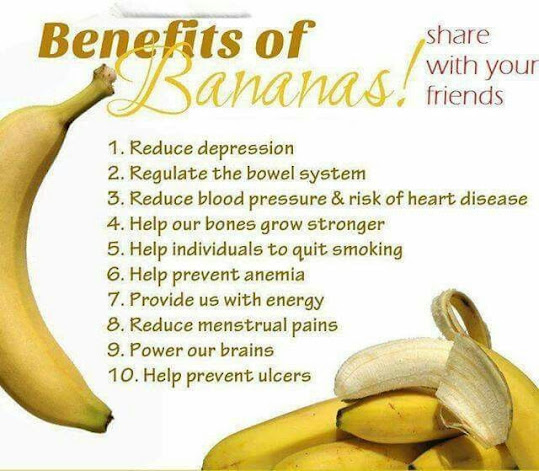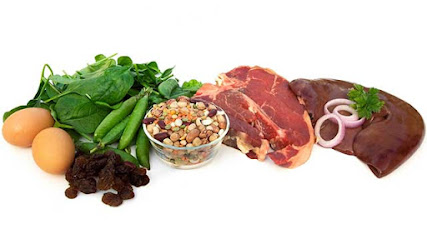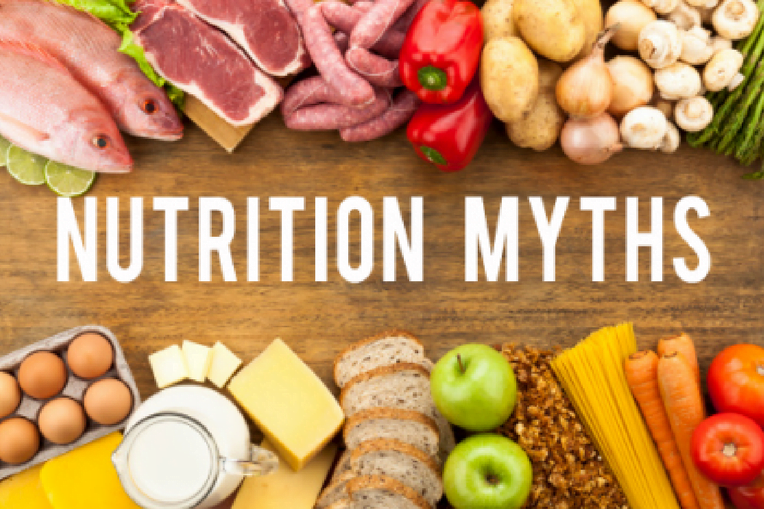6 NUTRITION MYTHS THAT ARE STILL ALIVE
Even these days nutrition myths are still abound. They are holding on for dear life, but today we are going to cut away the lifeline. These myths that you may believe can hinder your progress, or at the very least make life a little less enjoyable.
1.) CARBS ARE BAD FOR YOU
Carbs get a bad rap of making people gain weight, but let’s look a little deeper into that claim: it’s not that eating carbs makes someone gain fat, but it’s the overconsumption of calories that causes weight gain. And most of the time when people overeat, they are doing so in the form of processed foods that are usually made with carbohydrates – think pastries, chips, sweets, and other snack and junk foods.
Carbs are just a nutrient like any other, with its own job to do in the body. Carbohydrates are our main source of energy, as the macronutrient is converted into glycogen and used for many forms of activity, mainly long duration activity. While we can use fat as energy, it’s not our body’s preferred source of fuel. Also, the amount of carbs one should eat are dependent on their activity levels and goals; a marathon runner will eat a carb-heavy diet, as the extra energy is needed for long distance racing. On the other hand, someone who does high-intensity resistance training a few times a week will need a lot less. Carb type foods that should be eaten are fresh fruits, whole grains, oats, starches, and plenty of veggies. Try to limit things like white bread, processed baked goods, and other snack foods.
2.) FATS ARE BAD FOR YOU
Fats are bad because if I eat fat, I gain fat, right? Not exactly. Even though many more people know about the benefits of good fats, this myth still persists today.
Fats are a high calorie macronutrient, but they in themselves don’t cause weight gain. Back in the day people had less knowledge of good nutrition, so they thought fat makes you fat. Sounds logical right? People also thought that fat was the cause of heart disease. But now we know that’s not the case; fat is a necessary nutrient in the body, and has many functions, like:
- helps you absorb some vitamins and minerals.
- it build cell membranes, the vital exterior of each cell, and the sheaths surrounding nerves.
- it is essential for blood clotting, muscle movement, and inflammation (1).
Eggs, avocados, nuts & seeds, and certain oils are a good source of healthy fats (as well as crucial vitamins and minerals). But let’s be clear: there are some fats that are bad. Saturated fats are iffy, so it’s best to limit the amount when possible. Trans fats, however, is one form you should stay clear of. Trans fat is naturally occurring in very small amounts in certain animal foods, which is negligible; artificial trans fats are created in an industrial process that adds hydrogen to liquid vegetable oils to make them more solid. Trans fats have been shown to increase LDL cholesterol – AKA the bad cholesterol – and has been linked to heart disease.
You’ll normally find trans fats in fried foods, baked goods, breaded foods, margarine, and other snacks. Main word to look out for: Partially hydrogenated oil. Good news is that the FDA banned trans fats to be used in food products, but they are taking a bit of time taking those items off shelves. Always read packaging first before buying!
3.) YOU NEED PROTEIN RIGHT AFTER A WORKOUT
This myth is still purported by many gym bros around the world, whom still believe that after a workout you have a small crucial window – usually 30 minutes to an hour – of time to ingest protein, or else the workout was for naught and you’ll wither away as your body eats what muscle you have.
The truth is, of course, more complex: after a workout, you’ll most likely benefit from ingesting protein within a few hours, but you don’t need to rush to get your protein in immediately after a workout. Studies have shown that the evidence for nutrient timing isn’t as clear as people thought, and what matters more is overall intake at the end of the day.
While there is nothing wrong with ingesting protein immediately following a workout, there’s really no magic anabolic window. Do what works best for you!
4.) RED MEAT IS BAD
Red meat has been taking a beating lately, getting blamed for things like heart disease, cancer related issues, and more. The World Health Organization has classified red meat as probable carcinogen, and documentaries like What The Health have swayed people into thinking that red meat is bad.
While eating pounds of red meat everyday is bad, some of this blame is unwarranted. Red meat does come with some benefits, like being high in vitamin B12, iron, and other nutrients not commonly found in other foods, especially in the amounts that meat have.
Meat usually gets the blame because some studies have shown that processed red meats can have cancer causing agents, so in turn scientists link meat to cancer. And as far as the average American diet goes, it is very processed meat heavy. But if you moderate your meat intake, exercise regularly, don’t smoke, eat your fruits and veggies, and do other activities that have a positive effect on your health, then you probably don’t have much to worry about.
5.) “NATURAL” OR ORGANIC IS BETTER
Healthier options for foods have never been more diverse, which is a good thing – but there is some confusion on “all-natural” and organic foods vs conventional. First, we have to divide all natural and organic into two groups.
All Natural Products
This first one is a marketing term, with a very broad scope. All natural can be defined by the FDA to mean “nothing artificial or synthetic (including all color additives regardless of source) has been included in, or has been added to, a food that would not normally be expected to be in that food.” Which means that if all the ingredients in a pack of Oreos are the normal ingredients found in a pack of Oreos, then it could technically be considered “natural”, as there is no ingredient that is not normally found in it. If it sounds confusing, that’s because it is. This doesn’t take into consideration food manufacturing, pesticides, pasteurization, or other forms of processing.
Organic Foods
Organic has been touted as the better equivalent to conventional foods, as they claim to be made without synthetic pesticides, GMOs, or other processing methods. The catch, of course, is that many organic foods do have pesticides, albeit organic ones, which may actually be more harmful than conventional ones. GMOs haven’t been shown to be really all that harmful, or at least the current evidence doesn’t support that idea (who knows, we might have different evidence in the future). Even comparing the nutrient profiles of both organic and conventional foods show them to pretty similar, and organic foods don’t necessarily mean better health.
As far as ethical concerns go though, organic foods may be better – but not perfect. While we’re not saying veganism is the way to go, there should be some serious thought and overhaul of our Food and Agricultural industries for long-term sustainability. But, that’s a whole other topic that is way out of our scope. For now, know that there isn’t really a difference between all natural, organic, or conventional food products; just aim for a well balanced diet and you’ll get the benefits.
6.) EATING SMALL MEALS MORE OFTEN IS BETTER FOR WEIGHT LOSS
It’s easy to trace the origins of this myth. Digestion does raise your metabolism a little, so it would make sense to think that eating less food more often keeps your metabolism elevated, which in turn could be good for weight loss.
However, the opposite also does the same: larger but fewer meals means larger but fewer spikes in metabolism. So it really doesn’t matter the size of the meal, as long as total intake is accounted for. Something to note: Eating smaller meals might leave you feeling hungry, so it could lead to overeating. What matters more is what works for you, and total calorie intake – whether that means 6 small meals, 3 big meals, or anything in-between.
Information is a Double-Edged Sword
In today’s technology-driven era, information is everywhere. You’ve likely heard these myths from a friend, on social media, or some other blog. While the mass of information we have at our fingertips today is truly an amazing thing, we have to be extra careful at discerning fact from fiction. Know that many generalizations can be false, especially when it comes to nutrition – so it’s best to read from multiple sources that provide unbiased answers, and draw your conclusions from evidence.
Hopefully this information helped you clear out some myths about food, and make sure to pass it along to a friend or loved one that would find this information useful.
Most important thing to remember is: A balance diet is the best diet!!
Because we care...
#teambousehouse
#ocrealestate




